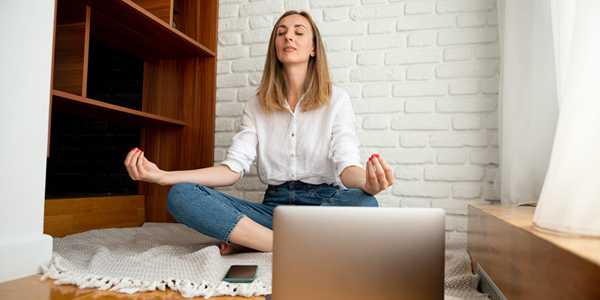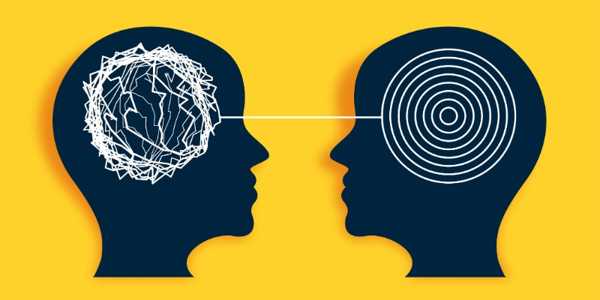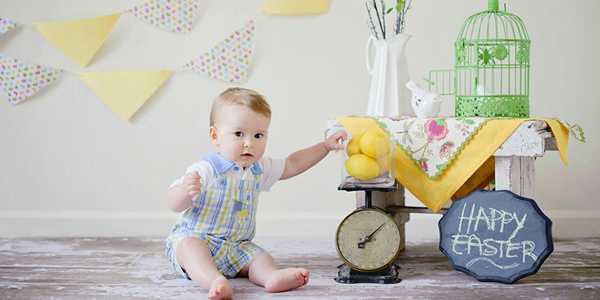The Best Travel Pillows 2024 – Pick the Right Buddy for Your Neck!
Top 7 Pet-Friendly Hotels in the USA: Perfect Stays for You and Your Furry Friends
How to Use an Air Fryer? Tips and Instructions for Beginners
7 Best Vegetables to Overwinter in Your Garden
How to Nurture Mental Health for Busy Parents
10 Fun Mental Health Activities To Boost Your Well-Being
8 Tips for Raising Independent Kids: Encouraging Self-reliance
How to Meditate at Home: A Beginner's Guide
Meditating at home is the best way to make the practice a habit and part of your life. Just like fitness is beneficial to your body, meditation trains your mind to become better. Although people use different approaches to meditation, the processes are generally the same. When you meditate at home, you get the flexibility of the time and technique that you use.
Meditating at home is the best way to make the practice a habit and part of your life. Just like fitness is beneficial to your body, meditation trains your mind to become better. Although people use different approaches to meditation, the processes are generally the same. When you meditate at home, you get the flexibility of the time and technique that you use.
How Long Should You Meditate for?
When it comes to meditation, there is no strict set time that you should take. As a beginner, you may practice for as short as ten minutes. However, as this becomes a habit and part of your daily routine, you may extend it to 20-30 minutes or more.

What Are the Different Types of Meditation?
Meditation is a practice that involves several mental skills. Although most people associate it with sitting for hours doing nothing or with an empty mind, there is more than one approach to meditation. Some of the approaches that you can easily practice at home include:
Concentration Meditation: Focusing on a single point such as the breath, staring at a candle flame, repeating a single word (mantra), counting beads on a mala, or listening to a repetitive gong. The technique works by refocusing your mind and awareness on the object whenever you notice your mind is wandering.
Mindfulness Meditation: Observing your thoughts to be more aware of the mental notes as they arise. The goal is not to judge or get involved with the thoughts, but to see the patterns in which they move in your mind.
Other Techniques: Daily meditation practice, qigong, tai chi, and walking.
What Happens If You Meditate Every Day?
When you set aside a few minutes every day to meditate, you allow your mind to relax and set yourself on a path to a healthier and happier life. The focused attention allows you to place your awareness on one thing. When you do this consistently over a period of time, you gain more control over your body and mind. The main benefits of daily meditation practice include:
Improved sleep quality
Improved blood circulation
Reduced stress levels and anxiety
Increases marital harmony
Lower blood pressure
Lower heart rate
Less perspiration
Deeper relaxation and more feelings of well-being

Simple Guide to Meditating at Home
Meditating at home can take any form depending on your preferences. The easiest way is to use a meditation app, such as Headspace, which provides you with the support you need during daily practice. Here is a quick guide that you can replicate for a more effective medication practice at home:
1. Choose a Quiet Space
The goal of meditation is total relaxation. So, the first thing that you need to do is to find a quiet space. This could be inside or outside the house where there are no distractions. Then sit in a chair or the flow with your legs crossed or relaxed, depending on how comfortable you are. Make sure that your neck is relaxed and spend the next few minutes fully dedicated to meditation.
2. Breathe Deeply
To get your body and mind ready for meditation, take a few deep breaths. Breathing in through the nose and out with your monthly, and gently closing your eyes to stay focused.
3. Settle into Your Body
As your body relaxes, focus on the sensations around you, including what you hear, smell, and taste. Feel the weight of your arms, how your legs are resting, and even the sensations of cold or heat. As you do this, slowly turn your mind inward. Scan your body without trying to change anything to find which parts feel relaxed. Notice your mood at that specific time, and bring all your attention to breathing. Breathe slowly, counting each breath to 10 to allow your mind and thoughts to settle.
4. Let Your Mind Be Free
For the next 15-20 minutes, allow your mind to be free while sitting in the same relaxed posture. You may feel calm and focused or have your mind inundated with thoughts. Both experiences are fine. Just allow your mind to be at that particular time until you are done.
5. Finish Your Meditation
As you come to the end of your meditation practice, become a way of your physical surroundings. Notice how your feet are making contact with the ground, how your hands are resting in your lap, or the sensations that you can hear, smell, and taste. Once you are ready, just open your eyes slowly.
As an ancient practice, meditation involves focusing on the mind. By making it a habit and practicing meditation at home, you can increase your awareness and promote relaxation. Home is also a great place to start for beginners and can set you up for a healthier, happier life.











